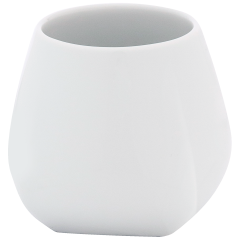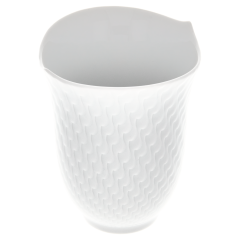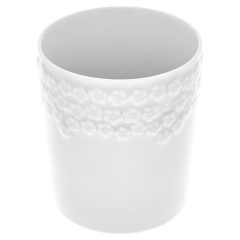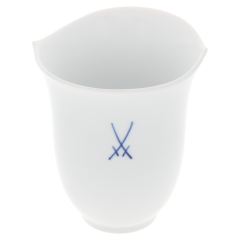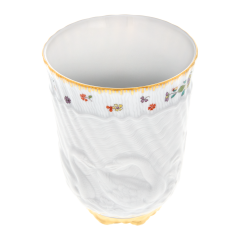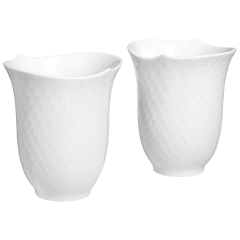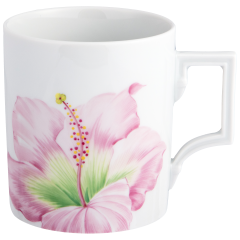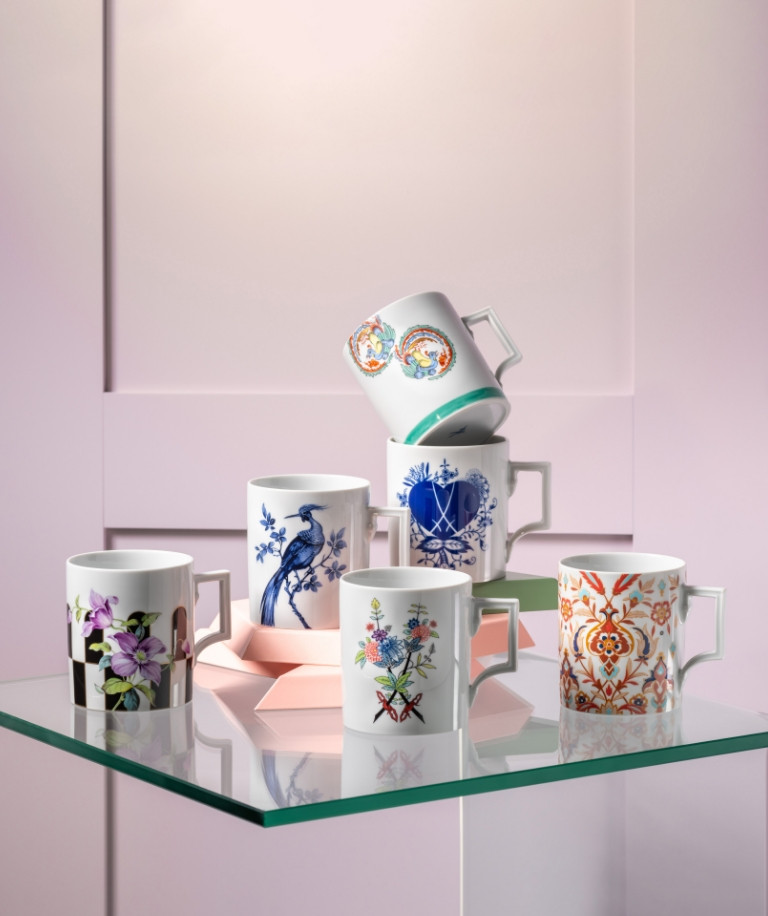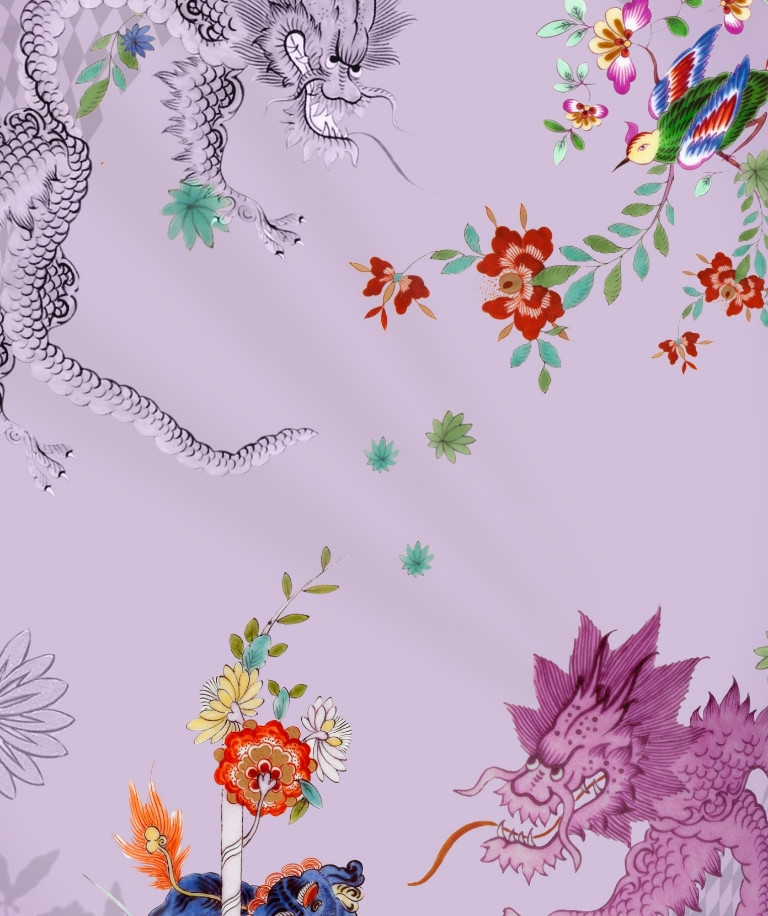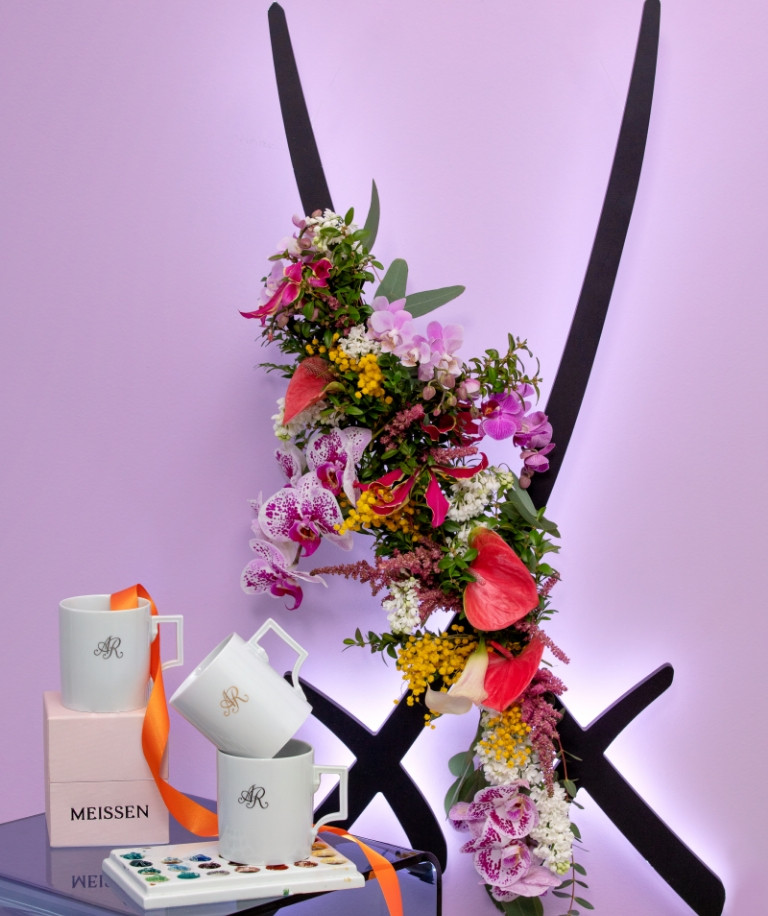Christmas Offer from MEISSEN – Enjoy Exclusive Savings! Learn More.
Skip to Content
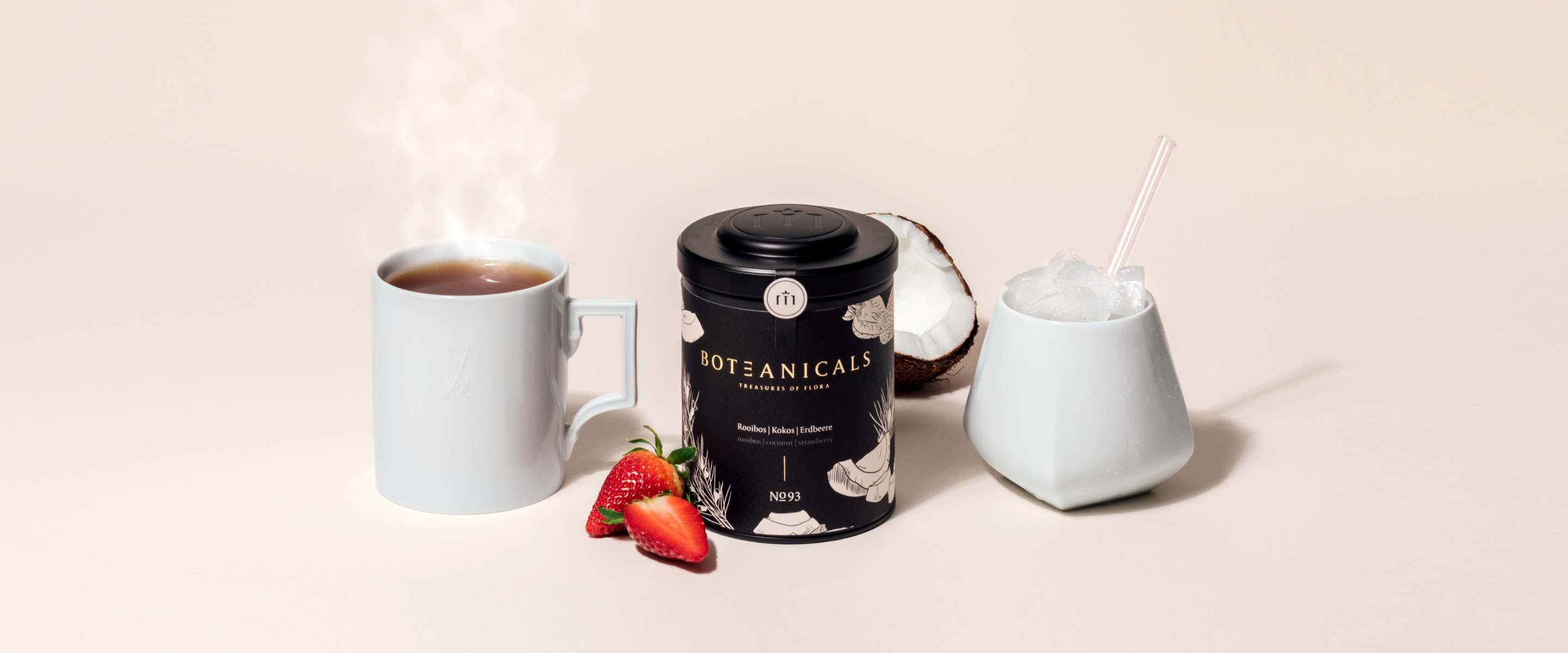
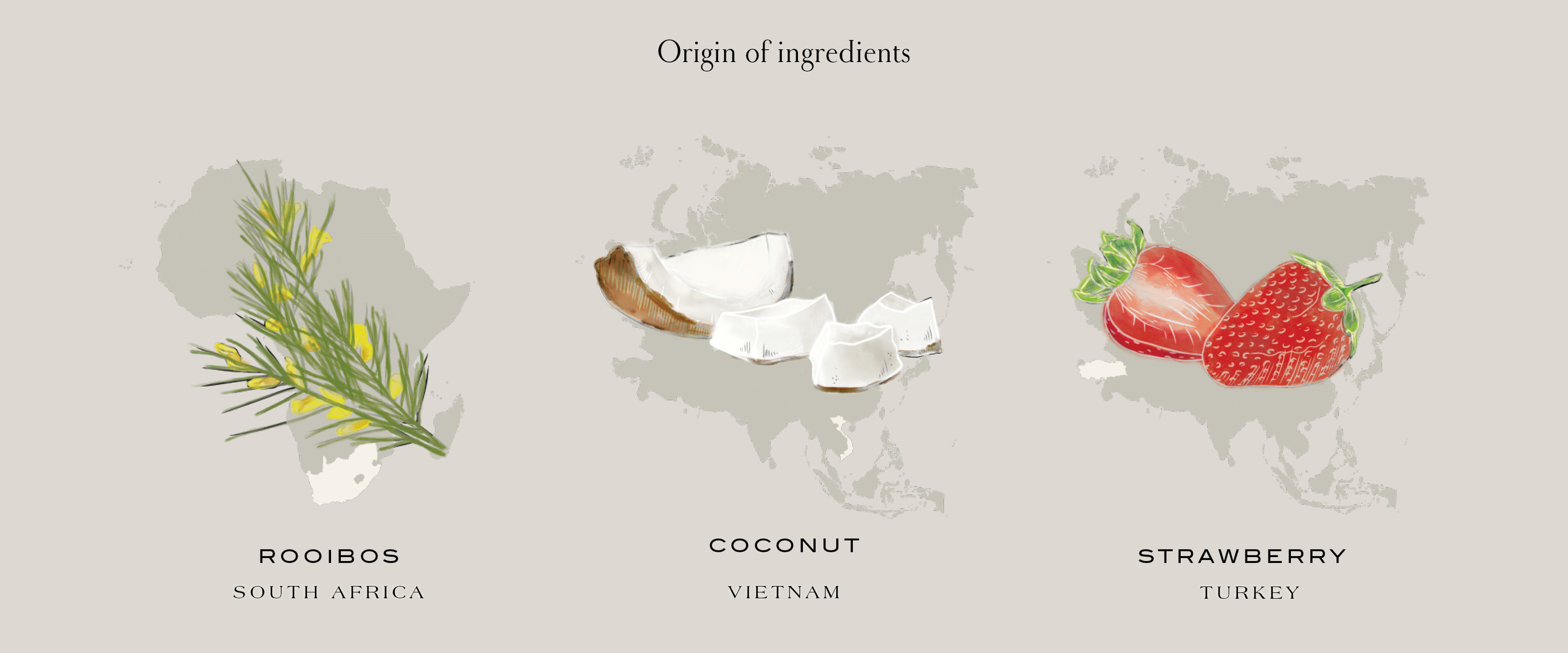

Iced tea as a summer hit
-
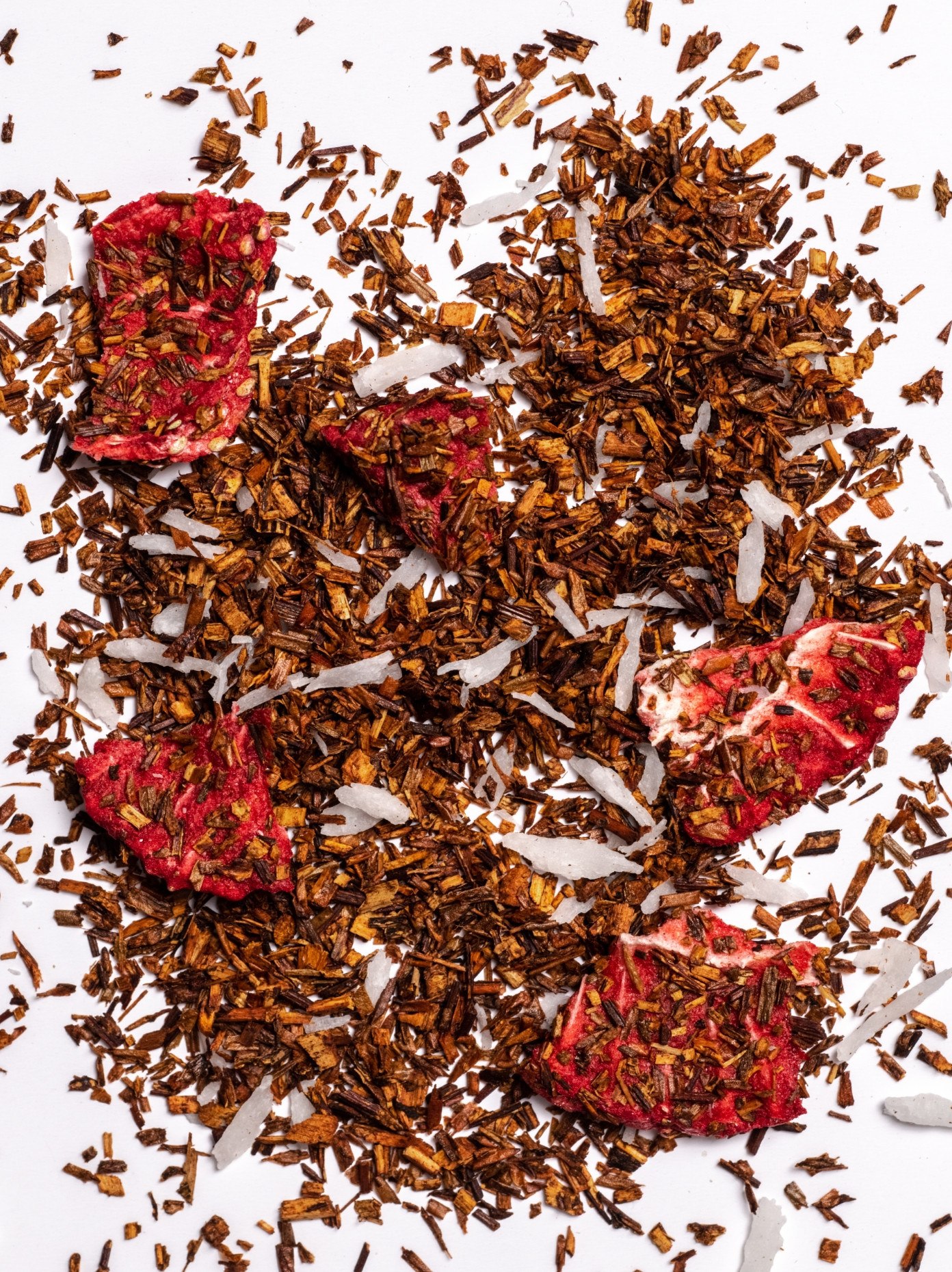 Like porcelain, tea originated in ancient China. Myths and legends tell of the Chinese emperor Shen Nung, who boiled his water about 5000 years ago and at the same time, a gentle gust of wind blew some green tea leaves into the kettle. The birth of tea was sealed.
Like porcelain, tea originated in ancient China. Myths and legends tell of the Chinese emperor Shen Nung, who boiled his water about 5000 years ago and at the same time, a gentle gust of wind blew some green tea leaves into the kettle. The birth of tea was sealed.
Like white gold, tea was extremely precious and thus only reserved for the Chinese elite. As a status symbol, but also as a potion against various diseases, tea was extremely popular and in demand. During the splendid Tang dynasty from 618-907 AD, the trade of tea continued to flourish and therefore found access to all levels of society. Tea took on literary, artistic and even religious meanings.
The tea fascination gradually made its way to Japan after 6 centuries and was first drunk as medicine by Buddhist monks. In the Heian period between 784 and 1185 AD, the very popular green tea spread throughout Japan. In 1610, the first Japanese sailing ships docked in the port of Amsterdam, paving the way for tea to reach all of Europe. In the mid-17th century, tea also reached Europe by land, creating a large trade between Europe and Asia. Almost at the same time, the desire for Chinese white gold arose, so that in 1708, European porcelain was produced for the first time by none other than the alchemist Johann Friedrich Böttger, which led to the founding of the world-famous Meissen porcelain manufactory.
England quickly got to know the potential of tea for itself and became the centre of the European tea trade in the 18th century. The British immigrants had spread and established the enjoyment of green tea in North America. Richard Blechynden was in charge of tea at the 1904 World's Fair in St. Louis and was supposed to convince Americans of black tea, who until then had only known green tea. However, during the summer heat, the demand for this luxury drink was dwindling, so Richard had the idea of chilled tea with ice cubes and thus invented iced tea.
"Summer, sun, (iced) tea - if you only think of tea in winter, you've got the wrong idea. Because tea is also an absolute insider tip for summer.”
-
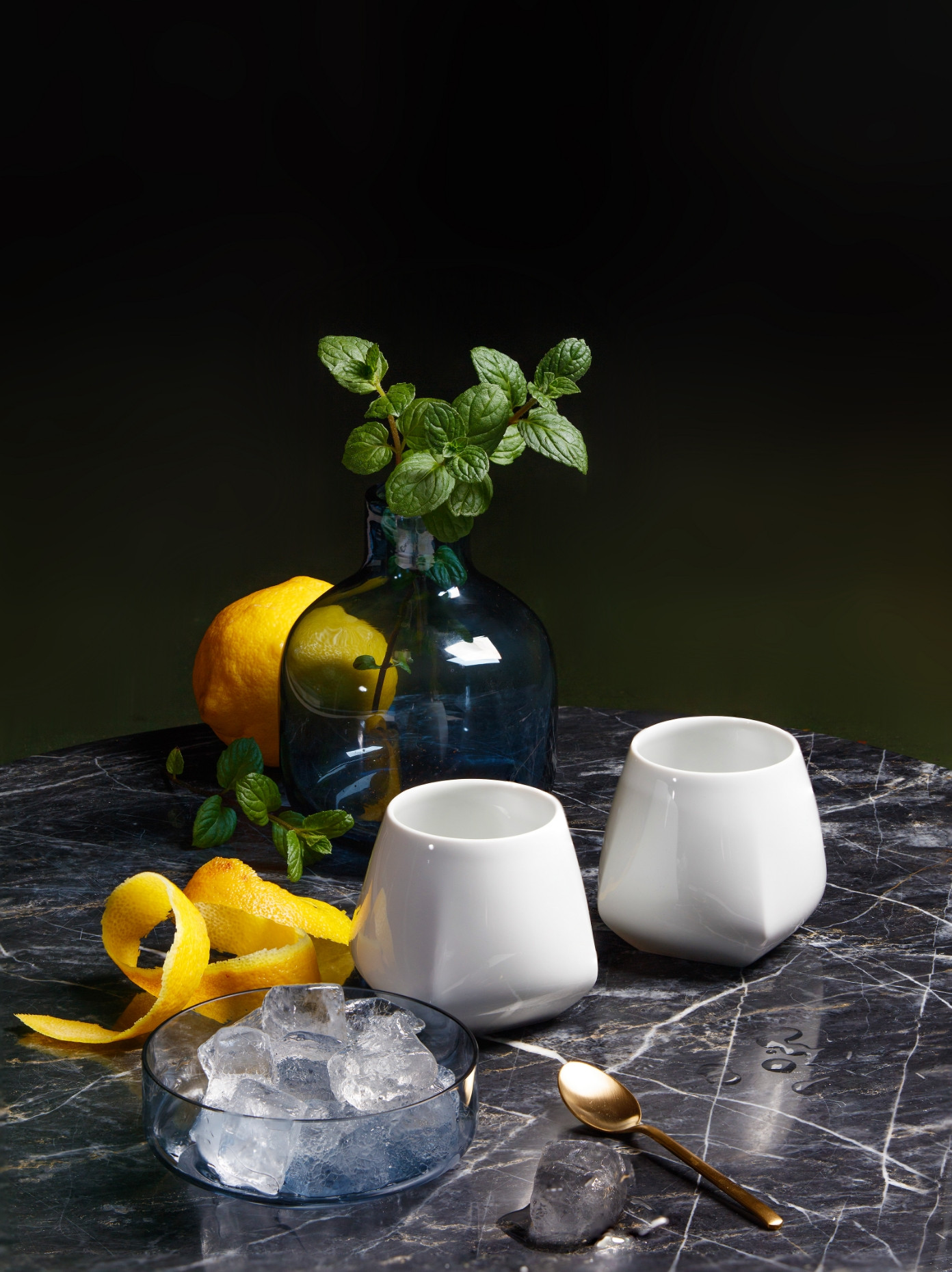 Iced tea is particularly refreshing in summer and has been indispensable in Europe since the 90s. Healthy and balanced ingredients such as fruits, herbs and ice cubes bring holiday flair into your own home. Combined with the perfect decoration and cooling ice cubes, you can almost hear the sound of ocean waves and dream of exotic islands.
Iced tea is particularly refreshing in summer and has been indispensable in Europe since the 90s. Healthy and balanced ingredients such as fruits, herbs and ice cubes bring holiday flair into your own home. Combined with the perfect decoration and cooling ice cubes, you can almost hear the sound of ocean waves and dream of exotic islands.
Tea and porcelain have been inseparable for centuries, which is why a cooperation with BOTEANICALS is not only a logical conclusion, but a must-have. With only three components each, BOTEANICALS produces novel creations and an almost endless variety of teas. This is done with outstanding quality and closeness to nature. All organic creations are handmade in a fair and loving way and offered in plastic-free tins with integrated double lids, which promise fresh tea enjoyment day after day.
The new, easy-to-prepare summer iced tea with No. 93 by BOTEANICALS focuses on the ingredients rooibos, strawberry and coconut and does not require any additional sugar. The focus is on the natural sweetness of strawberry, which gives the tea a fruity-fresh top note. The South African rooibos with its sweet, earthy nuances serves as the basis of the tea creation, which is completed by the tropical coconut and exudes summery feelings. The perfect complement to the summery iced tea is our modern Antarctica mug. The name of the tumbler says it all, because porcelain is a weak conductor of heat and therefore the tumbler insulates and preserves the coldness of the ice cubes of the iced tea. The Antarctica tumbler is also inspired by the shape of arctic ice floes and its shape is reminiscent of the ice-cold temperatures of the floe, which are preserved in the drink.







